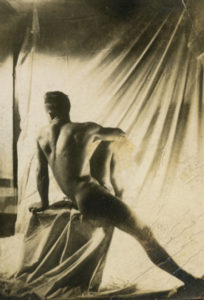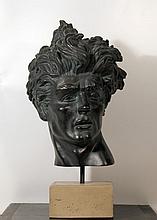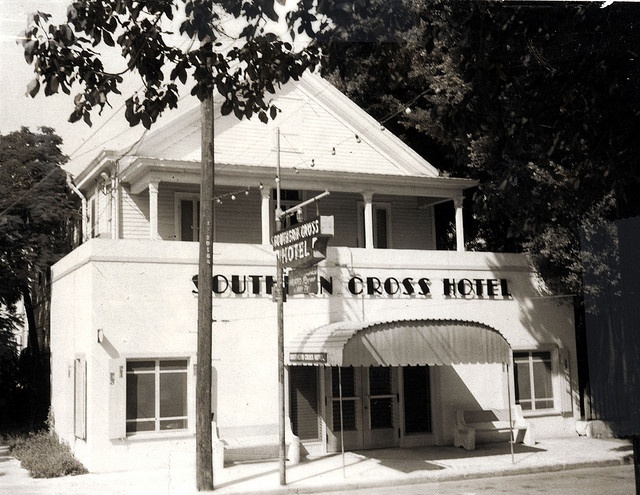About the Film
There’s been much said about Henry Faulkner’s life as a colorful local character, artist and lifelong friend of Tennessee Williams. Yet, are we appreciating Faulkner for what is most important? With recent research, we’re finding that Faulkner may be a much more important figure in the larger gay historical narrative. Under the Southern Cross will find Henry’s place in this narrative.
Filmmaker Statement
In 2007, I embarked on a film project called The Last Gospel of the Pagan Babies, a documentary on the history of gay culture in Lexington. Working with artist Robert Morgan as my principal interlocutor, I began a ten year journey of research, gathering oral history, sifting through personal photo collections and artifacts. The section on Henry in the film focused mostly on his relationships with Tennessee Williams and the young artist Robert Morgan, and his art.
After completing a fine rough cut and presenting it to Henry Faulkner’s hometown audience in Lexington, Kentucky, I met historian Dr. Jonathan Coleman who had just begun cataloguing and archiving Morgan’s vast photo collection. We began exchanging information and photos from each of our research efforts. Coleman’s passion began to center on the photos, letters and possessions of Henry Faulkner. As a result, the Faulkner-Morgan Pagan Babies Archive came into being. Since the completion of the film Coleman has continued to research, conduct interviews, gather letters and materials about Henry Faulkner’s life…with stunning effect.
Recently, at the Henry Faulkner Symposium held in Lexington, I saw a portion of Dr. Coleman’s research come to fruition. I was stunned. Coleman’s presentation of his initial research convincingly placed Faulkner as an important, international figure in gay history. Henry was living as an out young man in New York City in the 1940s.
His roommates, fellow Kentuckians, and out gay men and artists, Edward Melcarth and Thomas Painter became renowned artists in the New York and international gay scene of the 1940s, 50s, and 60s. Melcarth, named by Life Magazine as one of 19 young artists to watch, is perhaps most remembered by his sculpture Burning Man. Thomas Painter, a photographer was also Henry’s roommate, his work depicted homosexual life in New York. The three of them came of age as artists together, perhaps defining a new aesthetic of homosexual eroticism. Painter was in correspondence with Alfred Kinsey of the Kinsey Institute writing about Henry’s sexual encounters. After learning his friend was writing to Kinsey, Henry himself began documenting his sexual experiences both visually and in letters to Kinsey. Around 500 photographs and letters are still housed at the Institute. Henry was aware this documentation would be helpful in some way for future generations. Until Dr. Coleman uncovered some of Henry’s correspondence, no one seemed to be aware of the magnitude of Faulkner’s life. This is the moment I realized that I should take my own work (interviews, photo preparation, images of paintings) about Henry, move forward, and tell his story in full.
Working in cooperation with the Faulkner-Morgan Pagan Babies Archive, archivist Dr. Jonathan Coleman, and long time friend of Henry’s, Robert Morgan, Under the Southern Cross will give expression to the life and art of Henry Faulkner.
Jean Donohue





“Henry stayed as a youth in the old Southern Cross Hotel on Duval Street in Key West. He told me stories about those days, of carefree adventure. The southern cross is a constellation of stars that sailors knew well. The hotel had an old large cross of light bulbs hanging over Duval Street, lit up at night for wayward travelers. Somehow that image sticks with me, a room in the southern cross.”
Robert Morgan